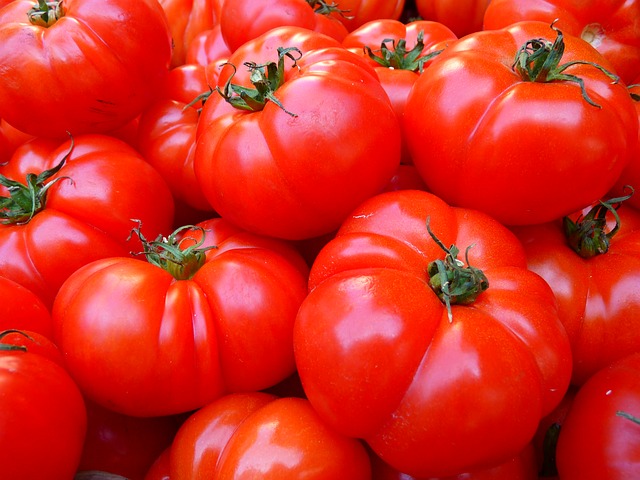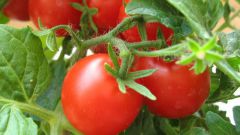Instruction
1
One of the common diseases of tomatoes is late blight. When infected plants Phytophthora good yield can not be expected, the foliage blackens and dies, and the fruit covered with dark spots. To protect the crop from late blight is recommended to apply in time biologics: "Haupsyn", "Infinito", "Tattoo", "Ridomil gold", etc. Need to treat each plant immediately after planting and repeat a month later.
2
Try to harvest when the tomatoes will turn brown and not wait for the full of their redness. If a tomato is ripening, hangs long on the Bush, he thereby depletes the plant. Possible, refrain from spraying with boosters of fruit formation. Such drugs are well exposed on the outer wall of the tomato, but inside the fruit can be green.
3
It is very important to place the tomato bushes in the right direction relative to the cardinal directions. Towards the South should be the root system of plants, and in the direction of the North – the crown. This will help to increase productivity and accelerate ripening.
4
If you grow tomatoes in the greenhouse you need to water them regularly at the root. In hot weather watering should be more intense.
When the bushes bloom and fruit set, need to switch to a particular mode of irrigation. The spacing should be 9 to 12 days. Once started, the ripening of fruit, the irrigation interval of 15-20 days. This technique will help to increase the yield of tomatoes in half.
When the bushes bloom and fruit set, need to switch to a particular mode of irrigation. The spacing should be 9 to 12 days. Once started, the ripening of fruit, the irrigation interval of 15-20 days. This technique will help to increase the yield of tomatoes in half.
5
Tomato varieties-giants, such as beef heart, Greenhouse, Cosmonaut Volkov, Anniversary, best to grow, allowing the Bush to spread the stalks on the ground. Will increase the number of new roots and, therefore, productivity. The only disadvantage of this method is that it requires a significant garden area.
6
Not many know, but tomatoes are not indifferent to potassium permanganate. Water until the beginning of ripening tomatoes with a weak solution of manganese and you will see that they have acquired a rich, healthy color and great taste. Moreover, it will protect the plant from late blight. To avoid spreading bushes of tomatoes of Phytophthora never put them in direct proximity with the potatoes.
7
Organic fertilizers such as chicken manure or manure, the tomatoes do not particularly like, if to produce fertilizer, using mineral fertilizers and various microelements.
8
It is worth remembering that the Bush tomato responds positively to transplant from one place to another. So we shouldn't fear this. When transplanting the tomatoes produced a lot of new roots, and it will significantly increase its productivity.

